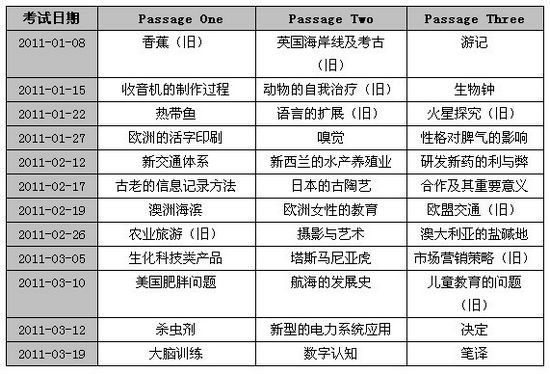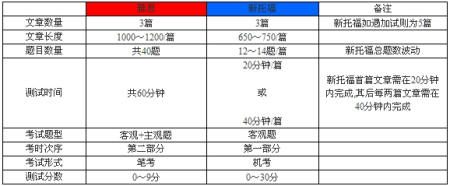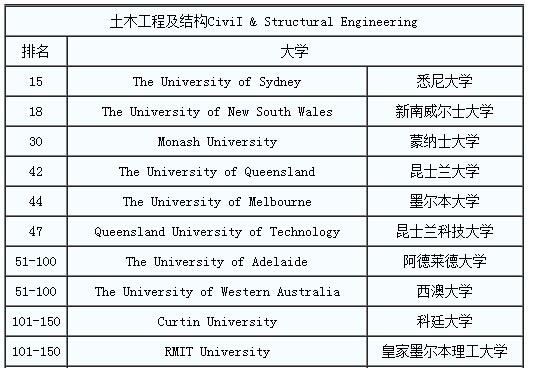来自:查字典高考网 2014-12-25
Backgrounds of washington
Map of Federal City, 1797
Historical Society of Washington, DC
The plan of the city of Washington was designed in 1791 by Pierre LEnfant, and mapped the following year; a design which remains largely in place. For nearly a century, the realization of physical changes to the original plan were gradual until the second important benchmark in the development of Washingtons urban plan: the McMillan Commission and its 1901-02 recommendations. The McMillan Commission plans were implemented predominantly during the first three decades of the 20th century, and continued sporadically thereafter. For nearly 100 years, a legal height limit of 160 has preserved the broad, horizontal Baroque nature of the city, allowing light and air to reach the pedestrian level, and resulting in a picturesque skyline pierced by steeples, domes, towers and monuments.
On January 24, 1791, President George Washington announced the Congressionally-designated permanent location of the national capital, a diamond-shaped ten-mile tract at the confluence of the Potomac and Eastern Branch Rivers. A survey of the area was undertaken by Andrew Ellicott and Benjamin Banneker. Forty boundary stones, laid at one-mile intervals, established the boundaries based on celestial calculations by Banneker, a self-taught astronomer of African descent and one of the few free blacks living in the vicinity. Within this 100 square mile diamond, which would become the District of Columbia, a smaller area was laid out as the city of Washington. (In 1846, one-third of the District was retroceded by Congressional action to Virginia, thus removing that portion of the original district which lay west of the Potomac River.) In March 1791,the surveyors roles were complemented by the employment of Major Pierre Charles LEnfant to prepare the plan.
Major LEnfant (1755-1825), a French artist and engineer who had formed a friendship with George Washington while serving in the Revolutionary War, requested the honor of designing a plan for the national capital. The fact that the area was largely undeveloped gave the citys founders the unique opportunity to create an entirely new capital city.
After surveying the site, LEnfant developed a Baroque plan that features ceremonial spaces and grand radial avenues, while respecting natural contours of the land. The result was a system of intersecting diagonal avenues superimposed over a grid system. The avenues radiated from the two most significant building sites that were to be occupied by houses for Congress and the President.
LEnfant specified in notes accompanying the plan that these avenues were to be wide, grand, lined with trees, and situated in a manner that would visually connect ideal topographical sites throughout the city, where important structures, monuments, and fountains were to be erected. On paper, LEnfant shaded and numbered 15 large open spaces at the intersections of these avenues and indicated that they would be divided among the states. He specified that each reservation would feature statues and memorials to honor worthy citizens. The open spaces were as integral to the capital as the buildings to be erected around them. LEnfant opposed selling land prematurely, refused to furnish his map to the city commissioners in time for the sale, and was reluctantly relieved of his duties by George Washington. Ellicott was then engaged to produce a map and reproduced LEnfants plan from his memory.
In the context of the United States, a plan as grand as the 200 year old city of Washington, DC, stands alone in its magnificence and scale. But as the capital of a new nation, its position and appearance had to surpass the social, economic and cultural balance of a mere city: it was intended as the model for American city planning and a symbol of governmental power to be seen by other nations. The remarkable aspect of Washington, is that by definition of built-out blocks and unobstructed open space, the plan conceived by LEnfant is little changed today.
The McMillan Plan
As the city approached its centennial, there was a call to develop a comprehensive park system for the city. As early as 1898, a committee was formed to meet with President William McKinley to propose the erection of a monument to commemorate the centennial of the city. A joint committee formed by Congress held its first meeting in February 1900 with Senator James McMillan of Michigan as chairman, and Charles Moore as secretary. At the same time, plans were put forward for the development of a Mall which would include the newly reclaimed Potomac Flats. As the bureaucracy planned for the centennial, the American Institute of Architects (AIA) joined the fray. AIA leaders envisioned the nations capital as the perfect place for the group to express the ideals of the City Beautiful movement promoted by the 1893 Worlds Columbian Exposition in Chicago. The architect of this pivotal fair designed Beaux Arts Classical architecture in a grand and ordered civic space.
When the Senate Commission was formed in 1901 to explore and plan the design of the city, the project then encompassed the historic core. The illustrious committee was comprised of Daniel Burnham, a visionary of the Worlds Columbian Exposition, as well as landscape architect Frederick Law Olmsted, Jr., architect Charles F.McKim, and sculptor Augustus St. Gaudens.
Foremost in the minds of these men was the amazing foresight and genius of Pierre LEnfant. The committee lamented the fragmented Mall marred by a railroad station and focused upon restoring it to the uninterrupted greensward envisioned by LEnfant. In total, the forward-looking plans made by the McMillan Commission called for: re-landscaping the ceremonial core, consisting of the Capitol Grounds and Mall, including new extensions west and south of the Washington Monument; consolidating city railways and alleviating at-grade crossings; clearing slums; designing a coordinated municipal office complex in the triangle formed by Pennsylvanian Avenue, 15th Street, and the Mall, and establishing a comprehensive recreation and park system that would preserve the ring of Civil War fortifications around the city.
To protect the new goals introduced by the McMillan study, the AIA appealed to President Theodore Roosevelt to form a fine arts commission. Established by Congress in 1910 during the Taft Administration, the Commission of Fine Arts (CFA) was created as a consulting organization to the government on the design of bridges, parks, paintings, and other artistic matters; an executive order later that year added the design review of all public buildings.
Influenced by the designs of several European cities and 18th century gardens such as Frances Palace of Versailles, the plan of Washington, DC was symbolic and innovative for the new nation. Only limited changes were made to the historic city-bounded by Florida Avenue on the north and the waterways on the east, west and south-until after the Civil War. The foremost manipulation of LEnfants plan began in the 19th century, and was codified in 1901 when the McMillan Commission directed urban improvements that resulted in the most elegant example of City Beautiful tenets in the nation. LEnfants plan was magnified and expanded during the early decades of the 20th century with the reclamation of land for waterfront parks, parkways, an improved Mall and new monuments and vistas. Two hundred years since its design, the integrity of the plan of Washington is largely unimpaired-boasting a legal enforced height restriction, landscaped parks, wide avenues, and open space allowing intended vistas. Constant vigilance is needed by the agencies responsible for design review, it their charge to continue the vision of LEnfant.
【阅读辅导:托福考试阅读背景知识(四十六)】相关文章:
[标签:海外留学,语言考试,托福,,]
 雅思考试考场流程图
雅思考试考场流程图  2011第一季度雅思阅读回顾与解析
2011第一季度雅思阅读回顾与解析  雅思vs托福 阅读异同大盘点对照表
雅思vs托福 阅读异同大盘点对照表  中学生雅思阅读快速提高的秘密
中学生雅思阅读快速提高的秘密  澳洲留学热门专业:土木工程专业排名
澳洲留学热门专业:土木工程专业排名  雅思听力周周练第四期-参赛篇
雅思听力周周练第四期-参赛篇 沈阳音乐学院郎亦农教授的女高音高考曲目解析课程 第1集 沈阳音乐学院郎亦农为你讲解女高音高考曲目
NBA流言收割机 第6集 神预测?高考数学试题暗示猛龙勇士4
北京新闻 2019 5.9万余北京考生今日高考 语文试题鼓励创造性阅读与表达
探秘历史 第二季 第233集 考英语用来睡觉,结果仍是高考状元,如今她怎么样了?
他高考作文仅得6分,总分428分,被985高校录取,却被导师拒绝!
1000张学生用草稿纸考研专用免邮空白便宜薄演草演算纸白纸本书写纸批发打草a4大张实惠装18k高考数学草稿本
乾坤已定,组合解读2019高考数学全国3卷理科18题,你是黑马吗?
衍声高考琴行2019高本硕学生暑假音乐会 张俊瀚《陕北民歌主题变奏曲》《阿根廷舞曲》第三乐章